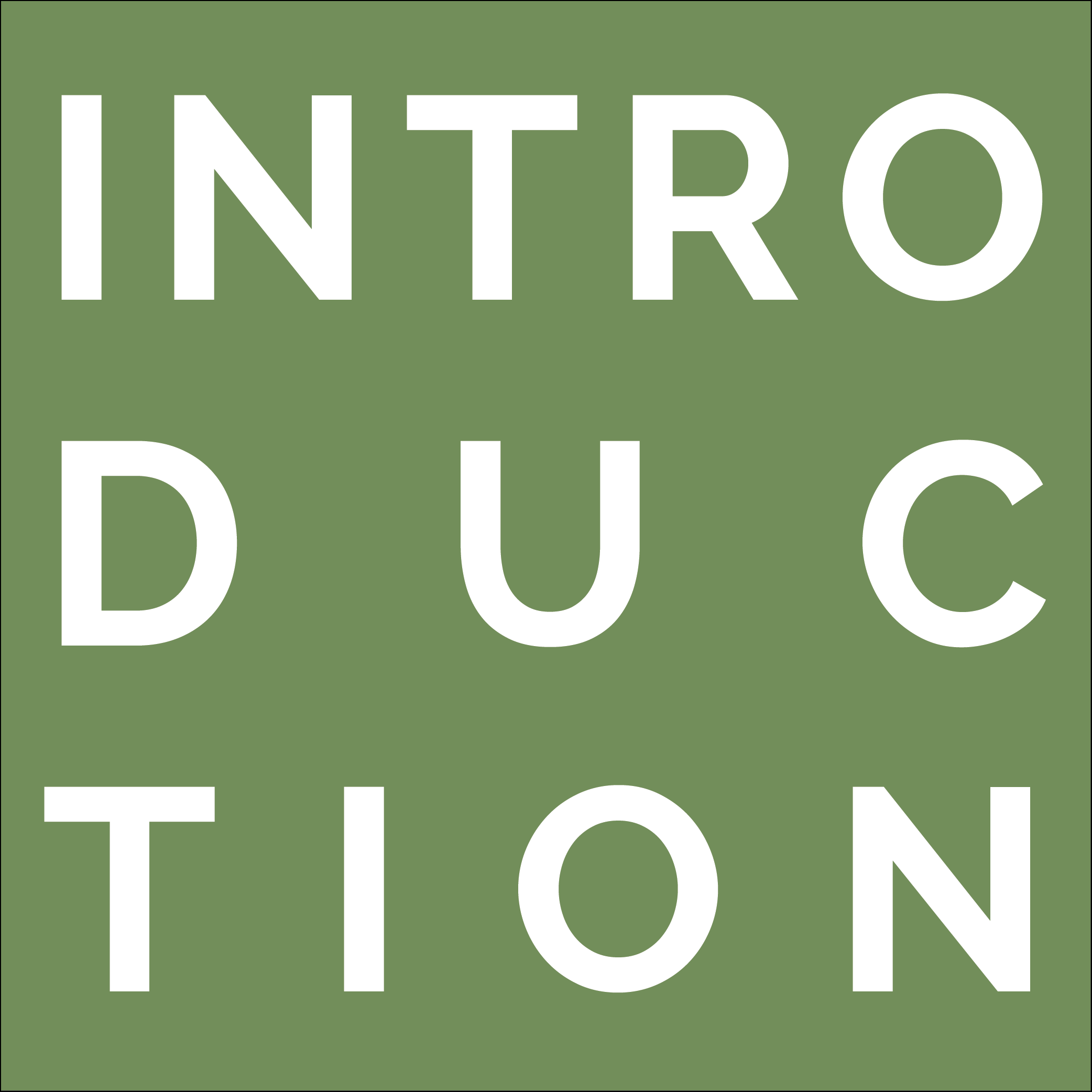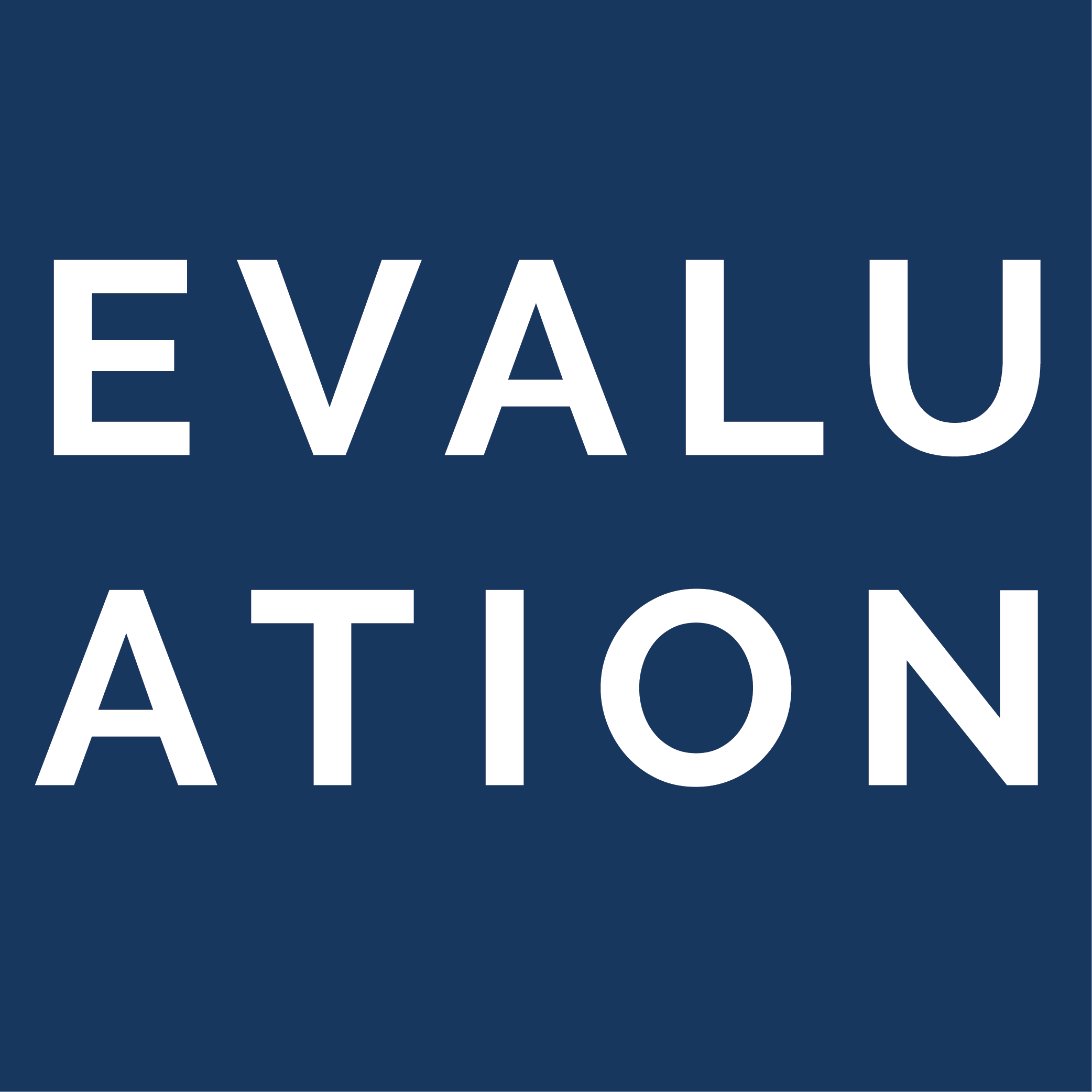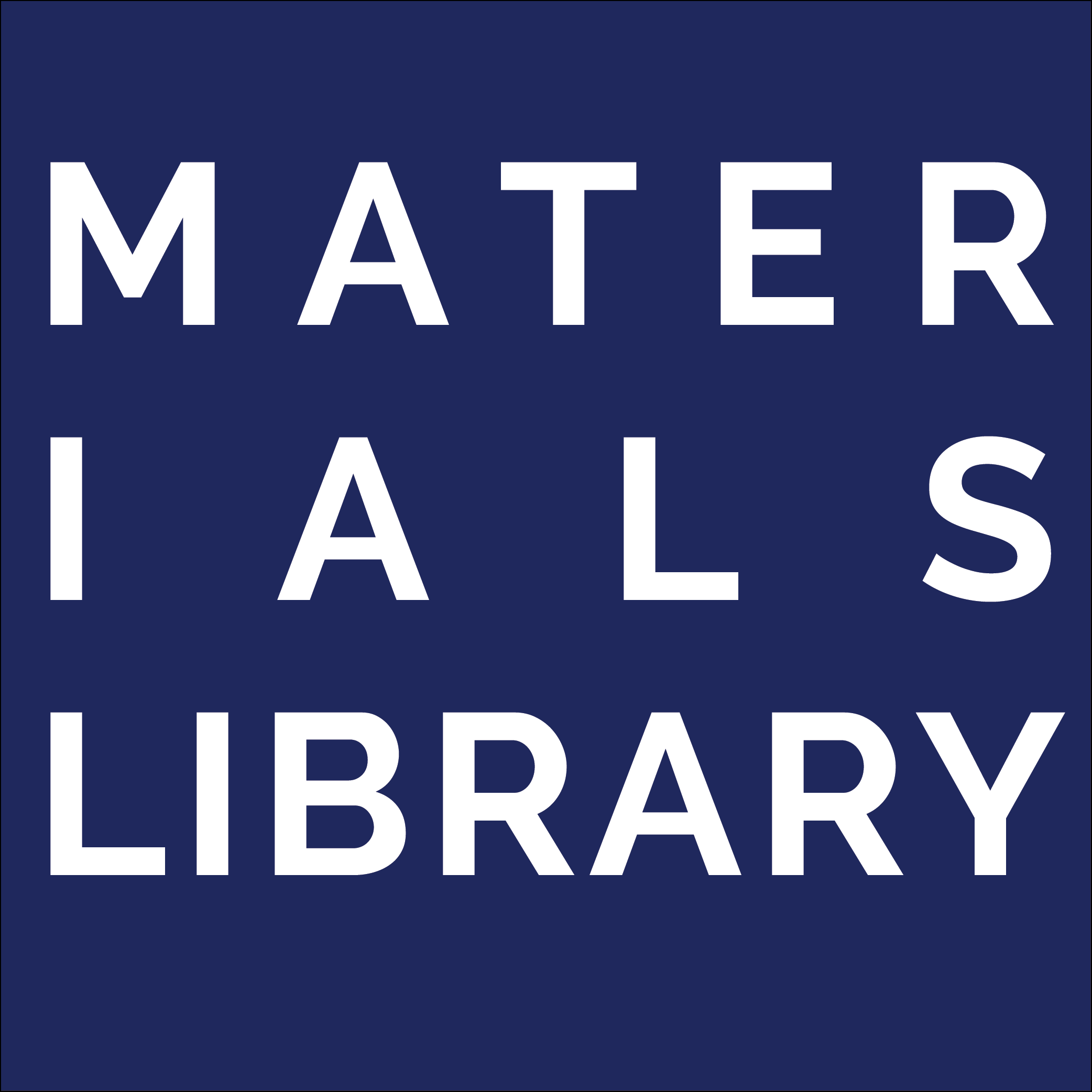
Experiential Learning
Trainees Grouped by Experiential Learning Opportunities
After trainees ranked their preference via survey, the program leads reviewed the rankings and assigned them to an experiential learning group based on the trainee’s project content and ranking preference, while aiming to balance group sizes. The three experiential learning opportunities included the following (more details below)
Designing a Stakeholder Assessment
Planning for Implementation for an Intervention into a Clinical or Community Setting
Creating a Dissemination Plan
Experiential Learning Opportunity Components
This component of the program consisted of four parts: experiential learning opportunity orientation, conduct of the learning opportunity, mid-point check-in, and Capstone presentations.
Experiential Learning Opportunity Orientation (Session 1)
Trainees are introduced to their chosen experiential learning opportunity with their leads in small breakout groups (see corresponding PowerPoint presentations). This session lasted 1 hour. A review of the Capstone presentation template clarified the expectation for the trainees’ final 5-minute presentation.
Conduct of the Learning Opportunity
Trainees launched their experiential learning activities. Some trainees asked for one-on-one meetings with their assigned Leads to discuss their individual activities. Assigned Leads sent email reminders offering assistance after Session 1, and offering to review and provide feedback on their Capstone presentation after the Midpoint Check-in (Session 2).
Midpoint Check-in (Session 2)
Trainees connected with their Leads and other trainees completing the same learning opportunity. This was a shared learning session where trainees had the opportunity to discuss what was working well and the barriers or challenges they faced, and to share their progress. Lead could ask trainees to bring a draft of appropriate work materials to discuss at the check-in. Trainees were provided a Capstone presentation template.
Capstone Presentations (Session 3)
Trainees give a 5-minute presentation to their fellow trainees and instructor(s) about the work they completed as part of their chosen experiential learning opportunity. Leads complete a brief assessment for each of the scholars in their group and distribute to each via email.
Stakeholder Assessment
Stakeholder Assessment
Learning Objectives
Identify stakeholder(s) who might impact or influence the implementation or dissemination of an innovation
Analyze how the innovation might be impacted or influenced by stakeholder(s)
Create strategies to engage appropriate stakeholder(s)
Outcome
By the conclusion of this exercise, trainees will be able to identify stakeholders they will need to engage if efforts to implement or disseminate a clinical innovation are to be successful.
Process for Conducting Stakeholder Assessment
The Stakeholder Assessment faculty oriented trainees to this experiential opportunity and discussed steps to complete a stakeholder assessment. The trainee resources for this activity described in the figure below can be found in the Appendix. For this experiential opportunity, trainees were asked to do the following:
1
Read a case study and watch a YouTube video example of a stakeholder assessment
2
Based on your own project, identify at least 3 stakeholders you might need to engage by completing the “Stakeholder Management Log.” Brainstorm questions you might ask each of the potential stakeholders.
3
Use the stakeholder assessment questions to “map” these stakeholders on the “Stakeholder Grid,” given what you know about these stakeholders.
4
Based on your assessment, describe in 2-3 sentences who you might need to engage as stakeholders and give an example of how you might engage them.
5
Optional: Ask one of your classmates to role-play one of the stakeholders relevant to your project and do a phone interview with your classmate.
6
Optional: Reach out to one of the stakeholders relevant to your project and complete a phone interview
Creating a Dissemination Plan
Creating a Dissemination Plan
Learning Objectives
Apply principles of dissemination to distribute trainees’ research product(s) to a target audience
Outcome
By the conclusion of this exercise, trainees will have created a real-world dissemination plan for their research product(s)
Process for Creating a Dissemination Plan for a Research Product
The Dissemination Planning faculty oriented trainees to this experiential opportunity and discussed steps to complete it. Trainees were provided a to guide the steps needed to create a dissemination plan. This resource can be found in the Appendix. The Lead was available to discuss dissemination planning with any interested scholar. For this experiential opportunity, trainees were asked to do the following:
1
Identify the research product/s scholars want to disseminate
2
Identify appropriate users of their research product/s
3
Identify whether there are disseminating organizations that might best reach their users
4
Develop a marketing “message” for their product/s and tailor it to their users
5
Put together a proposed dissemination plan
6
Optional Extension: Implement some element/s of the dissemination plan in real-world settings.
Planning for Implementation
Planning for Implementation
Learning Objectives
Learn about steps in planning implementation of a health innovation or intervention in clinical settings
Complete one step in the implementation planning process relevant to your intervention and the clinical setting where it will be used.
Outcome
By the conclusion of this exercise, trainees will create a description of their intervention or map an implementation strategy relevant to their intervention
Process for Planning for Implementation of an Intervention in a Clinical or Community Setting
The Planning for Implementation faculty oriented trainees to this experiential learning opportunity, had trainees describe their projects, and provided an orientation to the ITHS Implementation Planning Guide.(available in the Appendix) Instructors then reviewed the activity options available and reviewed examples of completed activities. The focus of this experiential opportunity is to complete activities from a guide developed by the ITHS’s Dissemination and Implementation program: Implementation in Clinical Settings: A Planning Guide for Investigators. The goal of the guide is to help investigators successfully plan implementation of a health intervention or innovation (e.g., drug, device, clinical guideline, policy) in clinical settings. The activities in the guide can also be used for trainees implementing in a community setting. The instructor was available to discuss and review the planning activity with any interested scholar. For this experiential opportunity, trainees were asked to do the following:
1
Choose one implementation planning activity to complete
2
Review the Implementation Planning Guide materials
3
Complete one planning worksheet for your project:
- Understanding your intervention: Describe the key components of your intervention
OR - Operationalizing implementation: Create an action plan for using one implementation strategy
4
Optional Extension: Complete both planning worksheets
Experiential Learning Materials
1 MBSlides: Experiential Learning Orientation (Session 1)898 KBSlides: Experiential Learning Mid-point check-in (Session 2)1 MBSlides: Experiential Learning Capstone (Session 3)
Experiential Learning: Stakeholder Assessment
1 MBSlides: EL Orientation – Stakeholder small group1 MBSlides: EL Mid-Point – Stakeholder small group199 KBHandout: Stakeholder Assessment – CDC Identifying and Determining Stakeholders12 KBHandout: Stakeholder Management Log480 KBHandout: Stakeholder Management Grid900 KBSlides: EL Capstone – Stakeholder Template
Experiential Learning: Creating a Dissemination Plan
10 MBSlides: EL Orientation – Dissemination small group1 MBSlides: EL Midpoint – Dissemination small group903 KBSlides: EL Capstone – Dissemination slide template2 MBWorkbook: A step-by-step guide to disseminating research findings
Experiential Learning: Planning for Implementation
1 MBSlides: EL Orientation – Implementation small group2 MBSlides: EL Midpoint – Implementation small group28 KBWorksheet 1: Intervention with Example31 KBWorksheet 2: Action plan with Example910 KBSlides: EL Capstone – Implementation Planning slide template








